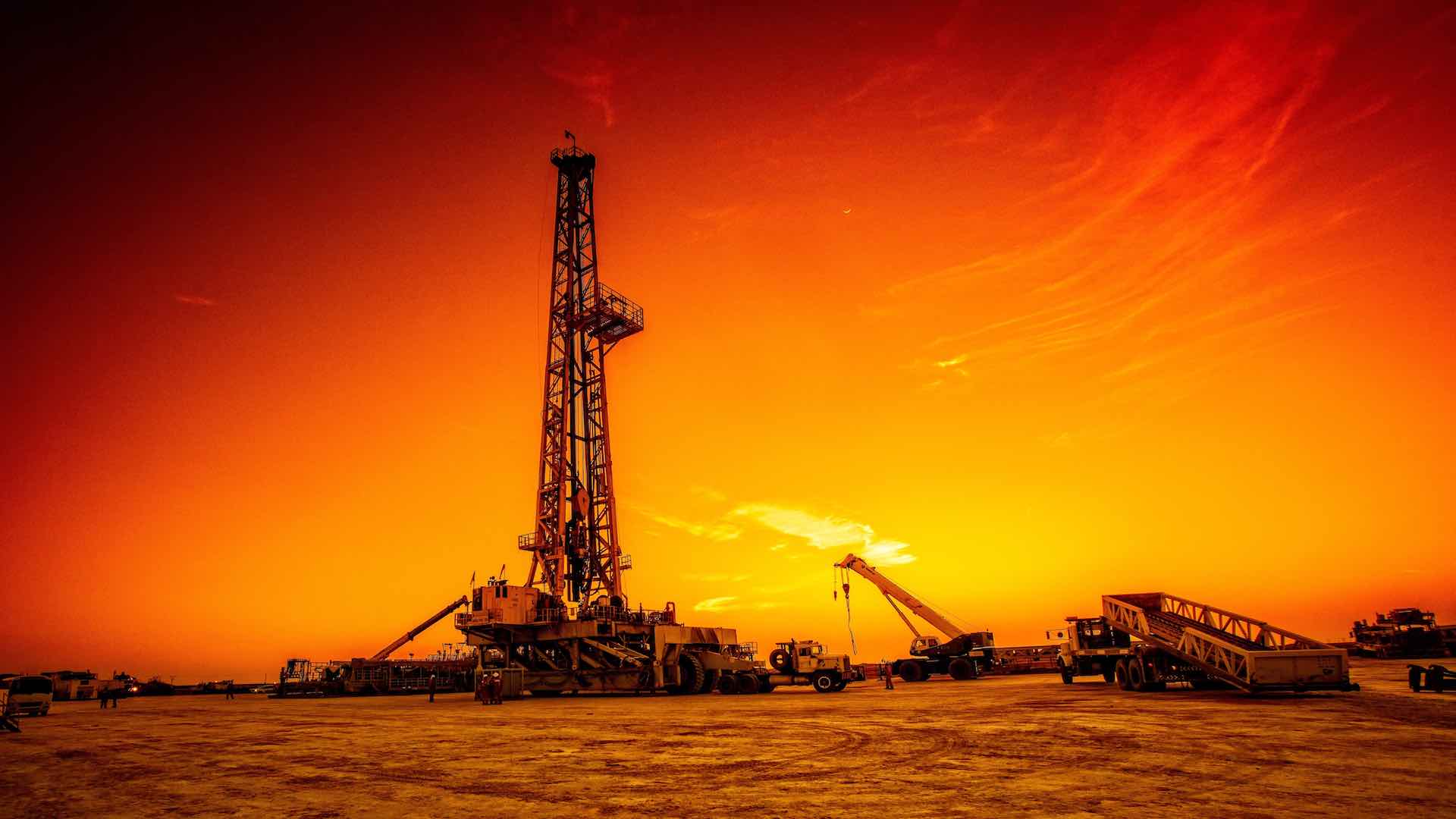Oil prices are predicted to rise to $90 per barrel as escalating tensions in the Middle East threaten supply chains, according to market analysts. Brent crude oil prices approached $86 per barrel on Monday, with West Texas Intermediate (WTI) climbing to over $82 per barrel, signaling a possible uptick to $90 as tensions continue to rise.

Andy Lipow, president of Lipow Oil Associates, highlighted the geopolitical concerns driving the market. “The primary fear is the escalating conflict in the Middle East,” Lipow stated. The conflict involves Israel and Lebanon’s Hezbollah militia, with potential Iranian involvement threatening global oil supplies. Iran contributes approximately 3 million barrels per day, or about 3% of the world’s oil production.
“The market is worried about disruptions in the Persian Gulf region,” Lipow explained. “Coupled with increasing demand, we could see Brent crude prices reaching $90 per barrel by year-end.” Recent weeks have seen crude prices buoyed by rising demand. In June, US crude oil prices rose by 6%, driven by higher road traffic and increased jet travel.
“The recent price strength is due to shrinking crude and product inventories,” noted Dennis Kissler, senior vice president at BOK Financial. “Higher temperatures across the US have also boosted demand for power generation.” While current predictions show rising prices, Wall Street analysts foresee a decline next year.
JPMorgan analysts anticipate Brent crude will average $75 per barrel in 2025, down from an estimated $83 per barrel in 2024. Goldman Sachs maintains its forecast at $82 per barrel for the coming year. Market watchers remain cautious, observing the unfolding geopolitical situation and its impact on global oil prices. The potential for further conflicts in the Middle East underscores the volatility and uncertainty facing the energy markets.
